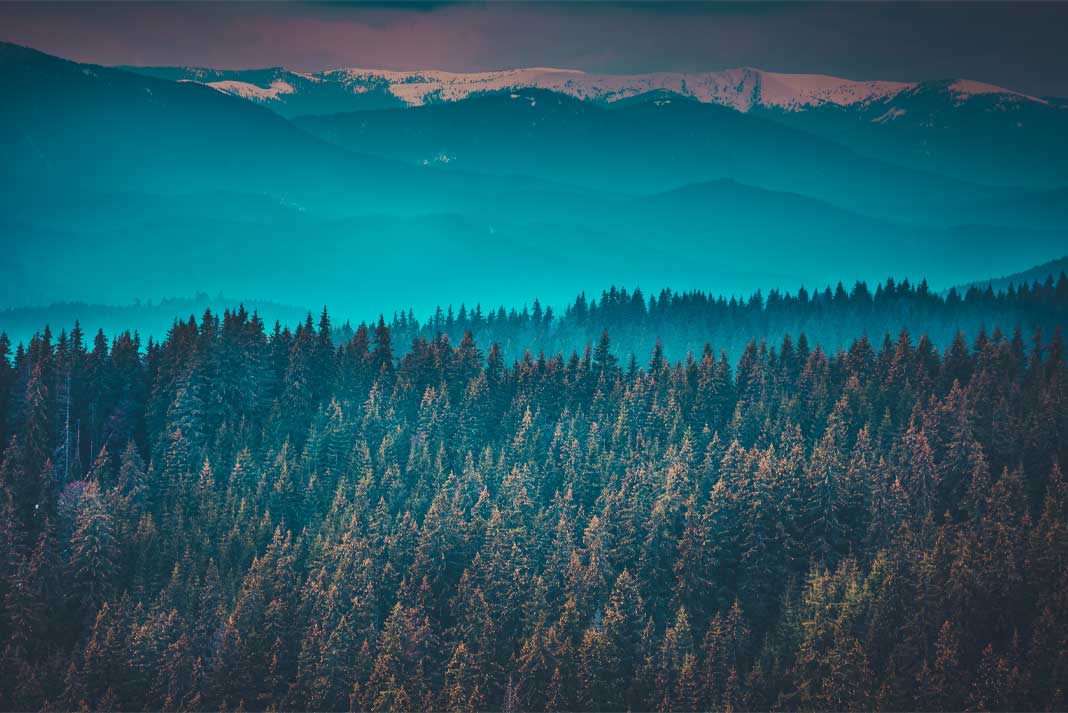Hunting Magazine Reader Question: Can You Hunt in National Forests?
When it comes to hunting, there’s a world of possibilities for hunters out there for Local, State, and National Lands to hunt.
One question that often arises is: can you hunt in national forests? The simple answer is yes, you can, but as with all things, there are rules and regulations to follow.
Understanding the Basics
National forests are public lands managed by the U.S. Forest Service, a division of the Department of Agriculture. These lands are set aside for multiple uses, including hunting, recreation, timber, grazing, and wildlife habitat conservation. Hunting is considered a recreational activity and is generally allowed – with some hunting laws and rules in place, of course. However, the specific hunting laws can vary from one forest to another, so it’s important to check the regulations for the particular forest you’re interested in.
Rules and Regulations
First and foremost, hunters must comply with state hunting regulations, including obtaining appropriate licenses and tags, following hunting seasons, and adhering to bag limits. These can vary widely from state to state, so it’s essential to familiarize yourself with the rules in your area.
In addition to state rules, some national forests have additional regulations. For example, there may be restrictions on the use of motorized vehicles, limitations on camping, or specific areas where hunting is not allowed. Some forests also require hunters to obtain a special use permit.
Furthermore, while hunting is permitted, trapping is often prohibited in national forests. Again, specific rules can vary, so it’s advisable to check with the local forest service office.
Respect for the Environment
An important aspect of hunting in national forests is respect for the environment. This means following the principles of Leave No Trace, which include disposing of waste properly, minimizing campfire impacts, respecting wildlife, and being considerate of other visitors.
In terms of hunting, this means taking steps such as retrieving all spent ammunition casings, not damaging trees or other vegetation, and ensuring that gut piles are not left near trails or water sources.
Safety Considerations
Safety is another crucial factor when hunting in national forests. This includes not only personal safety (such as wearing blaze orange during rifle seasons) but also the safety of others. Many national forests are popular recreation areas, so hunters must be aware of their surroundings and ensure they have a safe shot before pulling the trigger.
In Conclusion
In conclusion, hunting in national forests can be a rewarding experience, offering vast landscapes and diverse wildlife. However, it’s critical to do your homework ahead of time, understanding both state and local regulations, respecting the environment, and prioritize safety. By doing so, you can enjoy a successful hunt while also helping to conserve these valuable public lands for future generations.
Remember, hunting isn’t just about the pursuit, it’s about connecting with nature and being a responsible steward of the land. Happy hunting!
